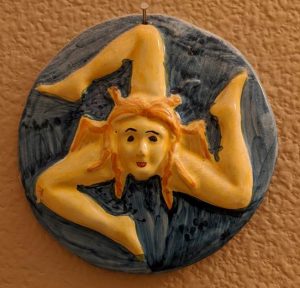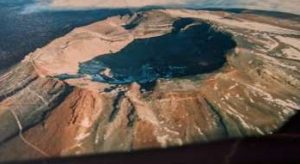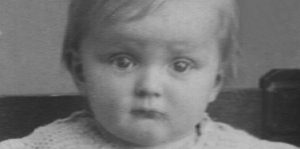My “homecoming to my native land” was with mixed emotions. Reunion with landmarks from my childhood triggered memories long forgotten. Mysteries associated with the area surrounding my village embedded in my subconscious resurfaced. I needed to solve the mysteries. It was my “hidden agenda” while working for UMUC in Germany. I would find my answers while there.
I took my business students on many field trips. One was most significant. We toured Hoechst AG the former IG Farben plant that had escaped all Allied bombings. I found some answers there. The Hoechst AG is located two kilometers from my village –it also was never bombed and is located near Frankfurt 8 kilometers away. Frankfurt was brutally bombed and almost leveled to rubble. It was a mystery why IG Farben remained intact during WWII.
Our field trip tour guide was a retired economist and a Quaker. I had many questions. We sat in front of the bus as it meandered through the enormous industrial plant. We conversed in German – my military students did not hear our conversation. In a hushed voice, he revealed a part of the mystery why this WWII war plant escaped bombings from the Allies. He said the bombing areas around IG Farben had a red line around the allied bombing patterns to direct the Allies Not to bomb IG Farben. The Quaker tour guide continued that two US companies –headed by Ford and Rockefeller had been helping Hitler with two major projects there. Ford was working on helping Hitler create synthetic rubber while Rockefeller helped Hitler create synthetic fuel.
I still remember as a toddler the air raids in my village nearby when my family put mattresses against windows and we huddles under them. On other times, a baby buggy was crammed with emergency supplies and my family hurried in the dark to the underground bunker nearby. The Allies were restricted from bombing that IG Farben war facility which also saved my village nearby. Eisenhower may have known this while based nearby in Frankfurt in 1945.after the end of WWII. Eisenhower’s warning to Congress about the military industrial congress may be rooted in the former IG Farben near my birth village.
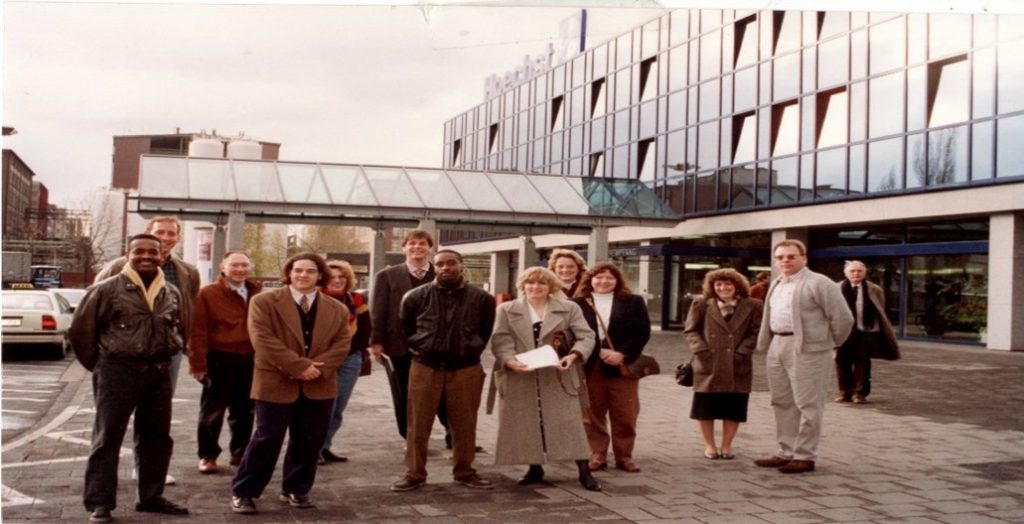
Teaching in Germany took me to over 20 different military establishments. I explored many historic sites to learn more about Germany’s history. My research included places where I would teach such as in the building in Frankfurt where Eisenhower was stationed and
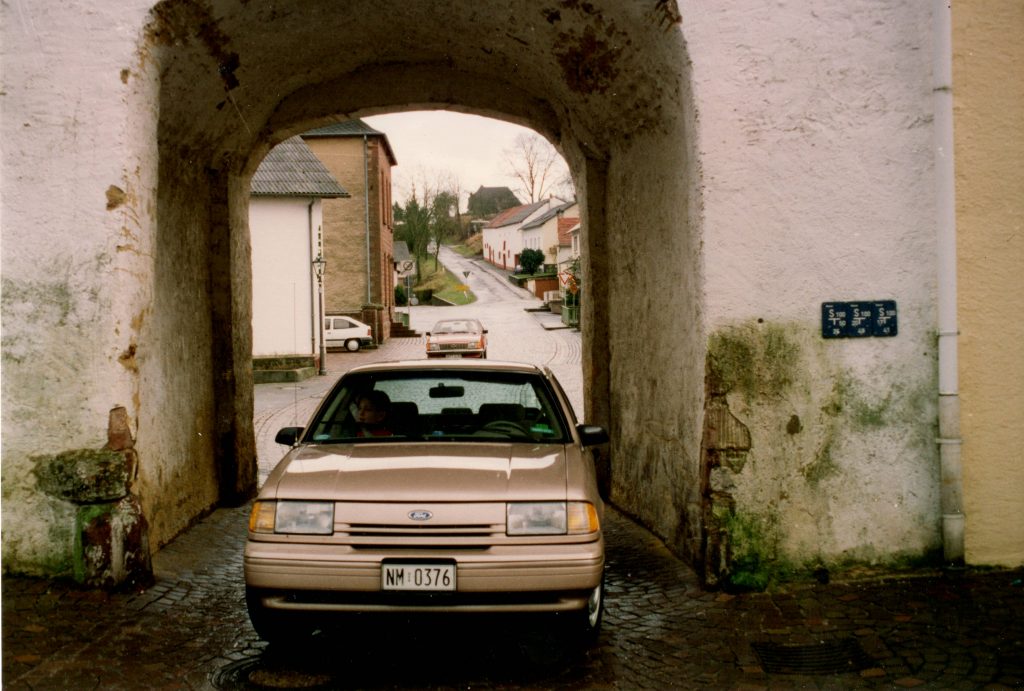
In nearby Trier – a major supply center during the Roman Empire, I found the former residence of Karl Marx. Hitler had made it his headquarter in the Rhineland. During the Nazi era, Hitler had plastered swastika flags all over Karl Marx’s former residence in defiance of communism.
My ominous visit to the horrendous Dachau is an unforgettable learning experience. The Nazis used Dachau to imprison opinion leaders who challenged the Nazis in the late 1930’s. The Nazi political prisoners at Dachau consisted of journalists, intellectuals, Buergermeisters and others who had a following but were against the Nazi regime. Dachau was the initial political prisoner camp of Hitler where he broke the German resistance.
It was shocking to learn about the medical experiments and torture of the prisoners. Hostage kept their family members and followers obedient in the hope that the prisoners would eventually be released. Most of the political prisoners at Dachau died from the experiments and starvation. It was horrendous to learn this part of German history. This was a history kept from me as a child growing up in Germany. I found out of these atrocities when I was 12 years old and living in Canada and had been deeply ashamed of my heritage ever since. The knowledge that there was a German resistance against the Nazis served as healing process. To know that there had indeed been a strong resistance to Hitler by good Germans reduced my feelings of shame to know that there was indeed a strong resistance to Hitler’s dictatorship.
My teaching at the U.S. embassy in Bonn was always a happy occasion. It gave me access to many international students connected to the foreign embassies there. Many were the dependents of diplomats and some were foreign nationals working for their home country embassies.
The classes took place in the American High School connected to the embassy, and many of my students were dependents of foreign diplomats. They would arrive in chauffeured vehicles. They all spoke English but mostly with British accents. A telling sign who their tutors had been. These students were gregarious, confident and mixed well with my U.S. students based at the U.S. embassy. The Status of Forces Agreement (SOFA) in Germany only allowed us to teach foreign nationals under the embassies’ umbrella.
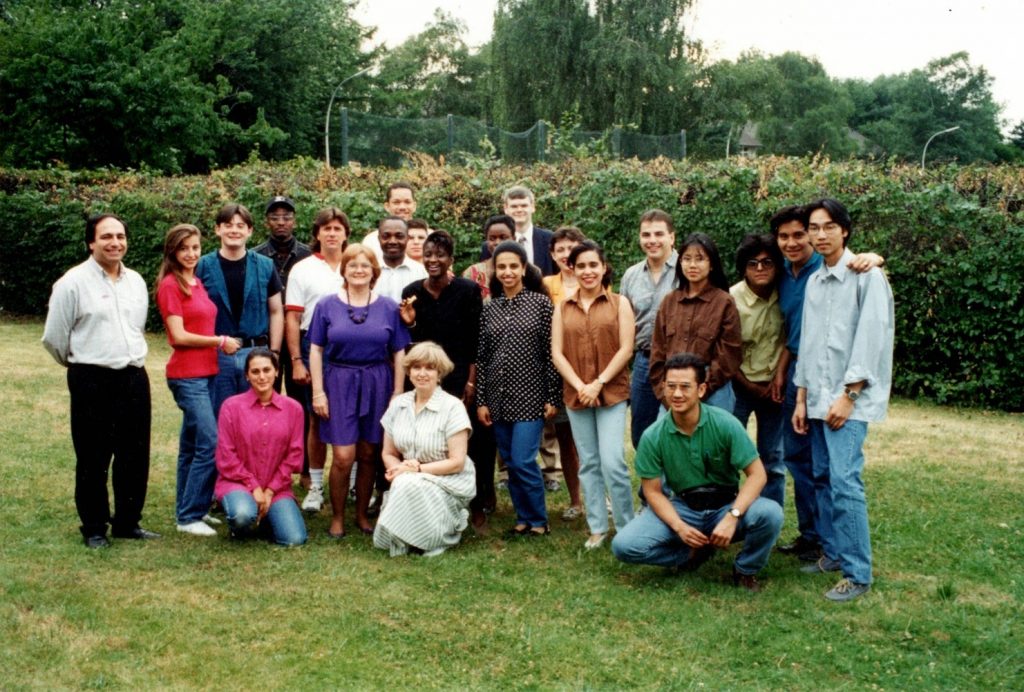
When invited to events at various embassies I learned much about their culture and delicious foods. Drinks tended to be exotic fruit juices in fancy wine glasses if the host was from a Moslem country.
Fun things to do in Bonn included a side trip to the former Adenauer residence now a museum. Overlooking the Rhine, it had a lovely garden office surrounded by the roses Adenauer loved. The Beethoven residence near Bonn-surrounded by a beautiful garden with a history of his music and instruments inside was another favorite to visit.
Lunch at the U.S. Embassy club was always a special treat. It overlooked the Rhine and had a large outdoor chess set. I watched the game in action while eating lunch.
The best part of my assignment in Bonn was the nearby cathedral in Cologne. It drew me like a magnet each time to sit deep inside surrounded by stained glass, candles, and hushed whispers. Although raised a Lutheran, I was then in my defiant agnostic stage. Cathedrals in Europe always had a calming effect on me. I would seek them out to sit in silence and absorb the beauty of these sanctuaries from the busy world outside. Cathedrals were resting places and healing retreats. Cologne and the Theatinerkirche in Munich were to become favorites to visits to rejuvenate my soul.
Other series of assignments were in Bitburg and Spangdahlem Airbases near the old Roman distribution hub of Trier and the Luxemburg border. My Air Force students were techy/savvy in supporting the F- 15 fighter plane mission at both bases. Some of them took an optional MWR tour with me to Verdun on the day of the 75th armistice of WWI.
In Verdun, we learned about logistics to the WWI war effort there. It was a teaching moment of unforgettable management issues as we toured underground bunkers and cemeteries. Shockingly, we saw films at Verdun that showed many of the British and French fighters in WWI. Never before had we known that many of the British and French soldiers were in fact non-British and non-French but natives from their colonies and protectorates including Burma, India, and North Africa. WWI deaths were visible in the cemeteries that had non-Christian symbols – reflecting the Moslem faith on those who sacrificed their lives for France and Britain on their headstones.
Living in Dudeldorf near the Spangdahlem Airbase was an easy trip for lunch in Trier at the French Officers Club where the French based as an “occupying nation” in Germany. This was very curious.
There was a full accompanied-tour housing development for French military families, a commissary. Best of all the French Officer’s Club offered the most delicious lunches complete with a carafe of wine and a desert cart of – always French – cheeses and fruit. My U.S. military card had value and gave me full access.
At the French commissary, I heard the manager speak German with a bread delivery person. I went to him and asked in German where I could find their cheeses. I got a very hostile look from the manager who asked me to leave immediately – “Deutsche sind nicht erlaubt – Germans are not allowed”. It was funny to me, but I understood immediately from his tone. The old conflict is still there. I pulled out my U.S. military ID and spoke in English telling him I was American. That was fine with him. He directed me to the French cheeses. A great find!
My visit to Luxembourg and the American Cemetery was overwhelming. Here are fields of many rows of white crosses. A reminder of the U.S. sacrifices made during WWII. I paid my respects to Patton at his grave. He had liberated Frankfurt in the spring of 1945. It was a blessing for my family when the bombing stopped and the war ended.
Walking the fields of Belgium near Malmedy I retraced the route of the tanks made famous in the movie Battle of the Bulge. Landmines in unknown places there are still buried there. From time to time one explodes.
My assignment to Munich was a wanderer’s paradise. I maxed it out. While based in Munich at the McGraw Kaserne. I explored Bavaria – hiking the Zugspitz and explored the countryside around the many castles of the eccentric Ludwig.
I was among the last faculty to teach at McGraw Kaserne and had the great fortune to live in a military subsidized and affordable – furnished balconied two- bedroom apartment nearby while there. I went into action and bought a bike, signed up for multiple MWR events to include: a two- day guided hiking tour up the Zugspitze, paragliding and hang-gliding lessons, and a visit to the salt mines in nearby Salzburg. Being single and unattached, I managed to teach my three classes – one in Munich and two in Augsburg. The students were mainly army. As always, I loved teaching them.
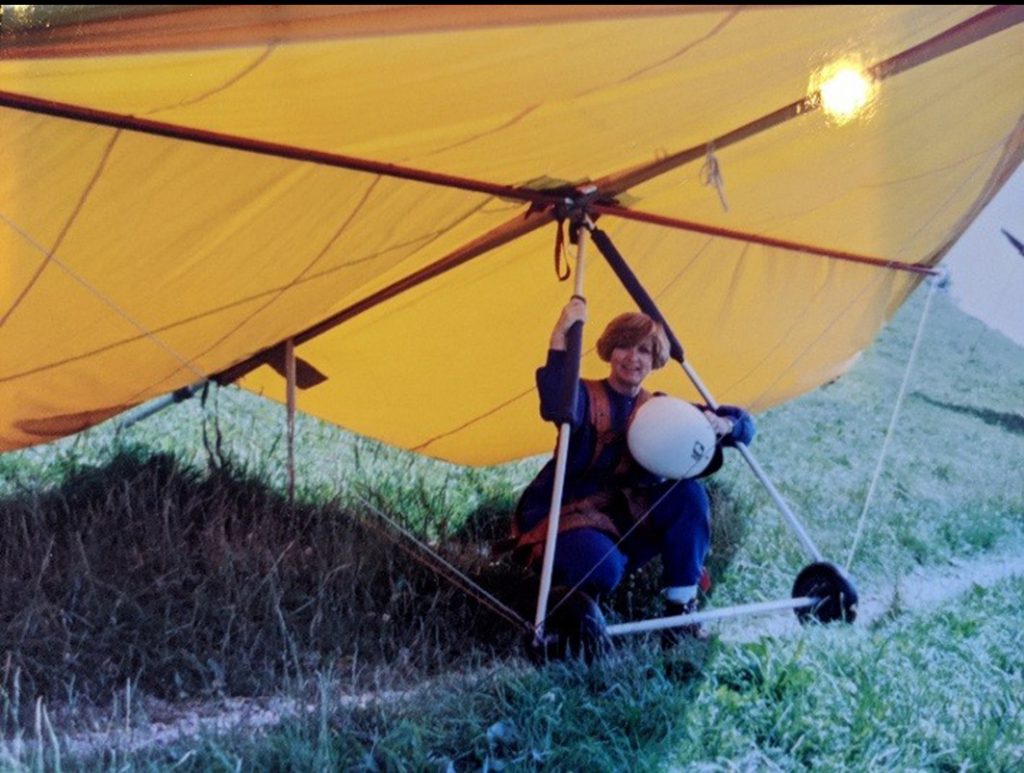
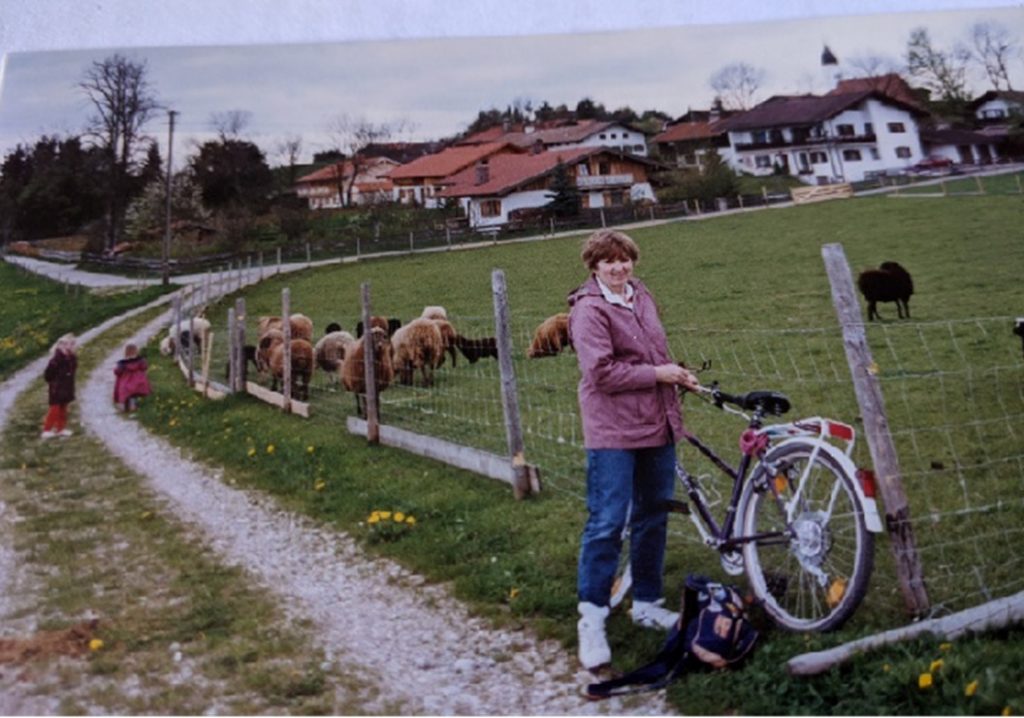
My assignments in Bavaria ended when McGraw Kaserne in Munich was closed.
The best assignment was yet to come. In 1993, Joe Arden asked me to conduct a marketing study in Schwaebisch Gmuend as the director of corporate relations. I came their liaison to the German Business community in Germany and initiated a very successful International Career Center with German Companies.
